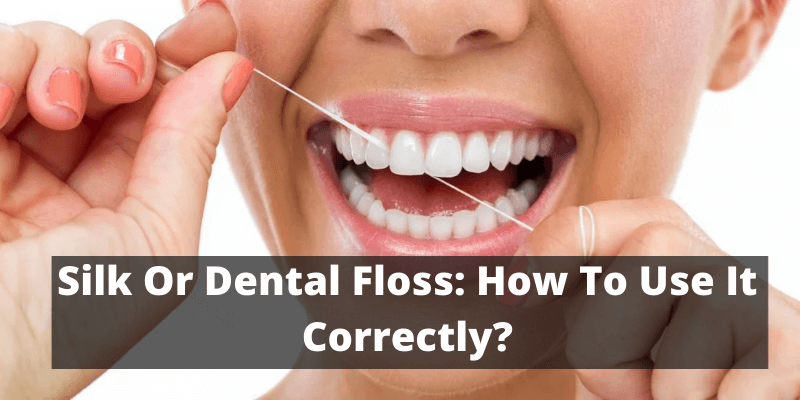Along with brushing and mouthwashes, flossing helps prevent both cavities and periodontal disease. You may think that brushing your teeth after every meal is enough to maintain good oral health. But, the truth is that no. There are always small remains that the brush is not able to remove. That is why it is necessary to complete hygiene with the use of dental floss (and mouthwash).
What Is Dental Floss?
Dental floss is a very fine filament designed to remove food debris and bacteria that accumulate where the brush cannot reach: that is, between the teeth. In addition, additionally, flavored dental flosses or even different widths can be chosen according to the user’s taste.
In Which Cases Is Dental Floss Recommended?
Technically, floss or dental floss is indicated for interproximal cleaning, as it helps to remove biofilm or dental plaque, as well as food particles in interdental spaces. Along with brushing and mouthwashes, flossing helps effectively prevent both cavities and periodontal disease.
According to several studies, the proper use of dental floss together with brushing can remove up to 80% of proximal plaque and is also beneficial for removing sub gingival plaque, since the floss can be inserted between 2 and 3 mm below the margin between the teeth and gum.
How Is Dental Floss Used Correctly?
First of all, it must be borne in mind that it is not a secondary or alternative method, but rather complementary to traditional brushing. For this reason, its use is recommended before brushing so that afterwards the paste and the brush filaments can penetrate effectively between the dental spaces.
Using Dental Floss: Step By Step
- Cut a piece of thread approximately 50 centimeters long.
- Wrap each end of it around the middle finger of each hand, so that the thumb and index fingers are free.
- It is important that you screw most of it onto one of your fingers, so that you can slide the used thread to the opposite side to always use clean thread for each interproximal space.
- Pass the floss in the first interdental space you choose, doing it with a back and forth movement -or saw- to clean the surface of the teeth.
- Surround the dental piece with the thread and perform the same movement around the tooth.
- With your thumb and index finger, manipulate the floss in such a way that you use clean dental floss to remove plaque.
- Pass the thread through all the teeth, making the two indicated movements.
- Rinse your mouth to remove food debris and bacterial plaque. If you want, you can help yourself with a fluoride rinse to complete your hygiene.
If I Have Braces, Can I Floss?
Especially in treatments such as orthodontics, flossing is key to removing food debris and bacteria. There are many remains that accumulate between the gums and interdental spaces, and over time they become tartar, gingivitis. The development of tartar or infections can complicate orthodontic treatment. With dental floss, we can keep these remains at bay and achieve a healthier smile.
Flossing your teeth when you have braces is difficult and frustrating. Slipping the floss between your teeth over the wire is somewhat like threading a needle. An orthodontic luxury floss threaded is an inexpensive, disposable tool available at almost any store that sells toothbrushes and toothpaste. Flossing teeth with braces is essential because it allows you to pull the floss through the teeth over the wire and to the gum line.
In the market there are special dental flosses for orthodontics -superfloss- that have a slightly more rigid area. It will be this one that we will have to pass through the arch.
When flossing and having braces, it’s best to use waxed floss, which will slide between each tooth more easily without tangling.
When flossing, people undergoing orthodontic treatment should include a single variation: they must pass the filament through the arch before cleaning the interdental spaces. In the case of children, it is recommended to help them floss until they learn to do it by themselves.
Any Alternative To Dental Floss?
In the event that the use of dental floss is uncomfortable, we recommend the oral irrigator, which consists of a pressurized water system that, using it after brushing, removes food debris that could not be removed by the toothbrush.

